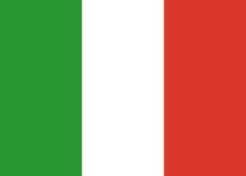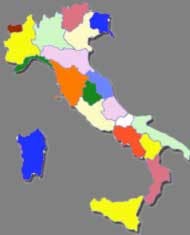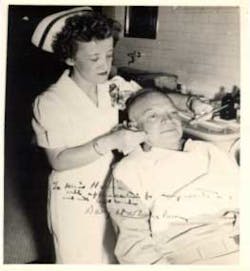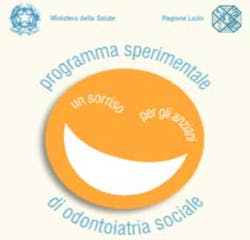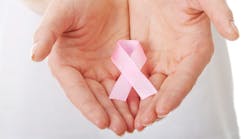Dental hygienists in Italy: Where are we?
A Ministry Decree in September 1994 declared “rules concerning the Dental Hygienists’ location and professional profile.” Dental hygiene was then considered a Technical Health Care Profession in the medical care area. The Bologna Declaration of June 1999 put in motion a series of reforms needed to make European Higher Education more compatible and comparable, more competitive and more attractive for Europeans and for students and scholars from other continents. Reform was needed then, and reform is still needed today if Europe is to match the performance of the best performing systems in the world.(3)
This declaration makes an easier academic system, which includes a first level degree (three years) and a second level degree (two years). Dental hygienists second level degree is a degree in the area of technical health professions. Through this formative training, dental hygienists can access management positions in both public and private organizations. A second level degree also allows entrance to PhD programs and second level master's programs.
--Pope Giovanni Paolo IIReferences 1. http://www.aiditalia.it/. 2. http://www.ifdh.org/. 3. http://ec.europa.eu/education/higher-education/bologna_en.htm.


